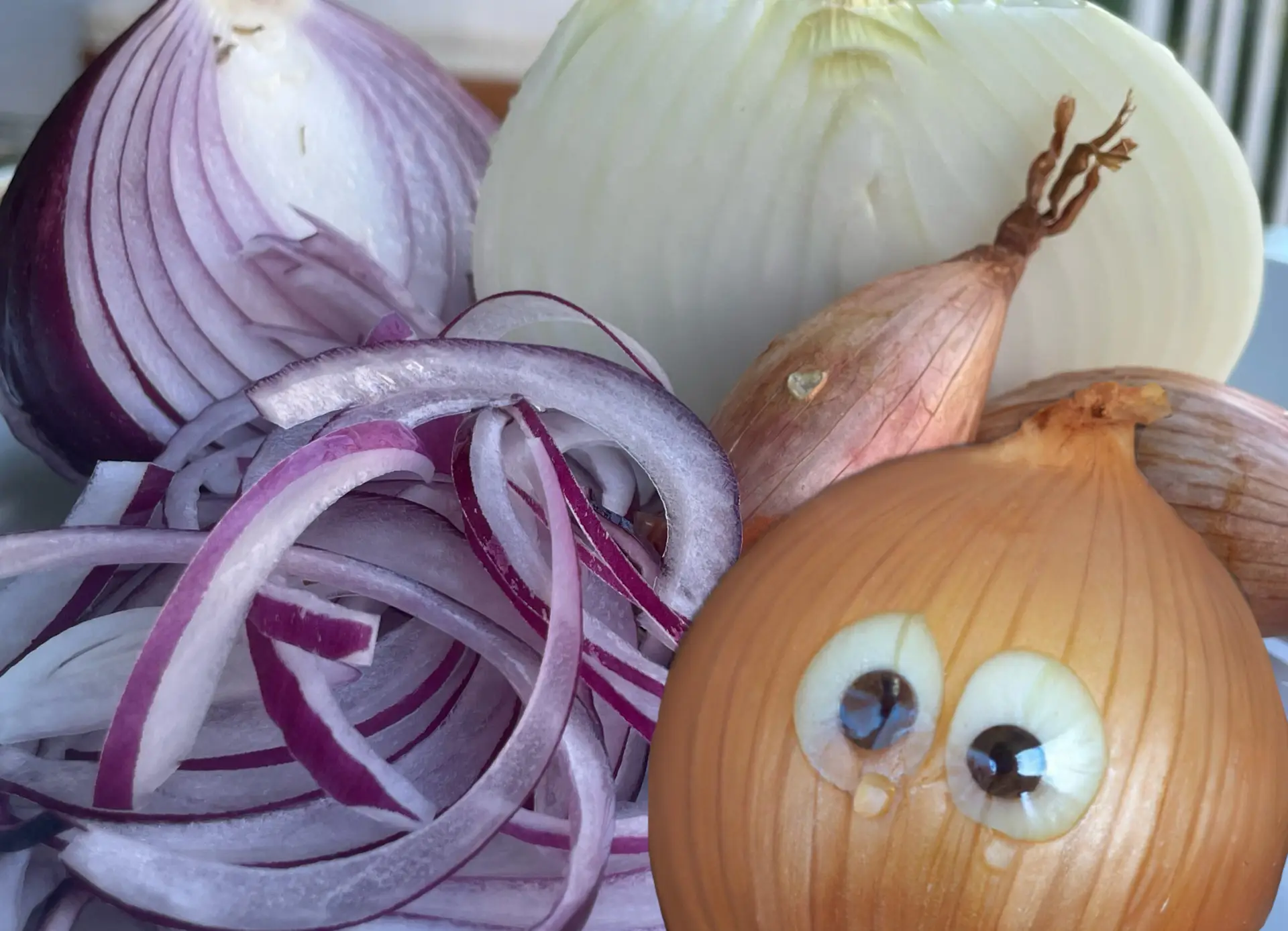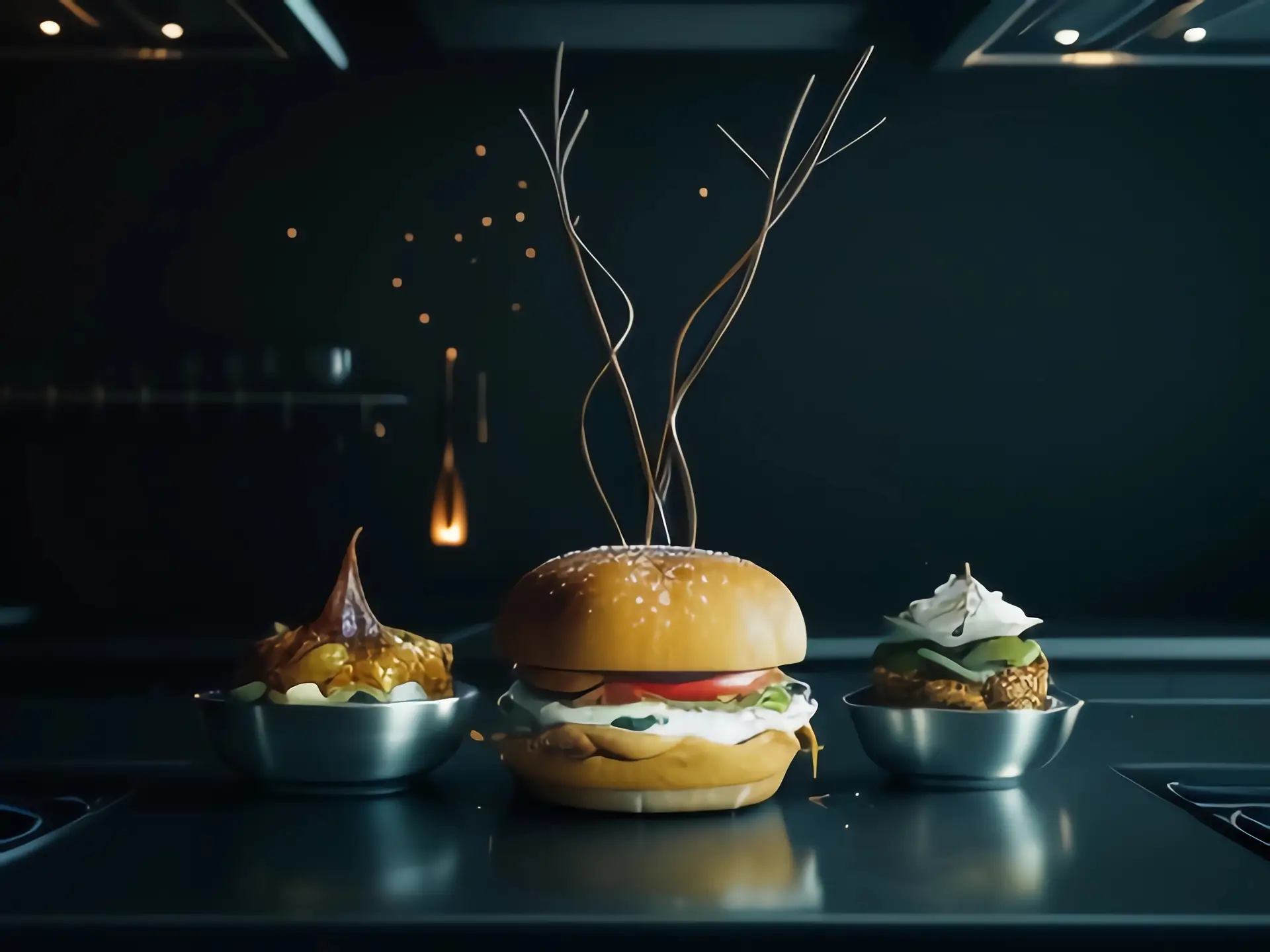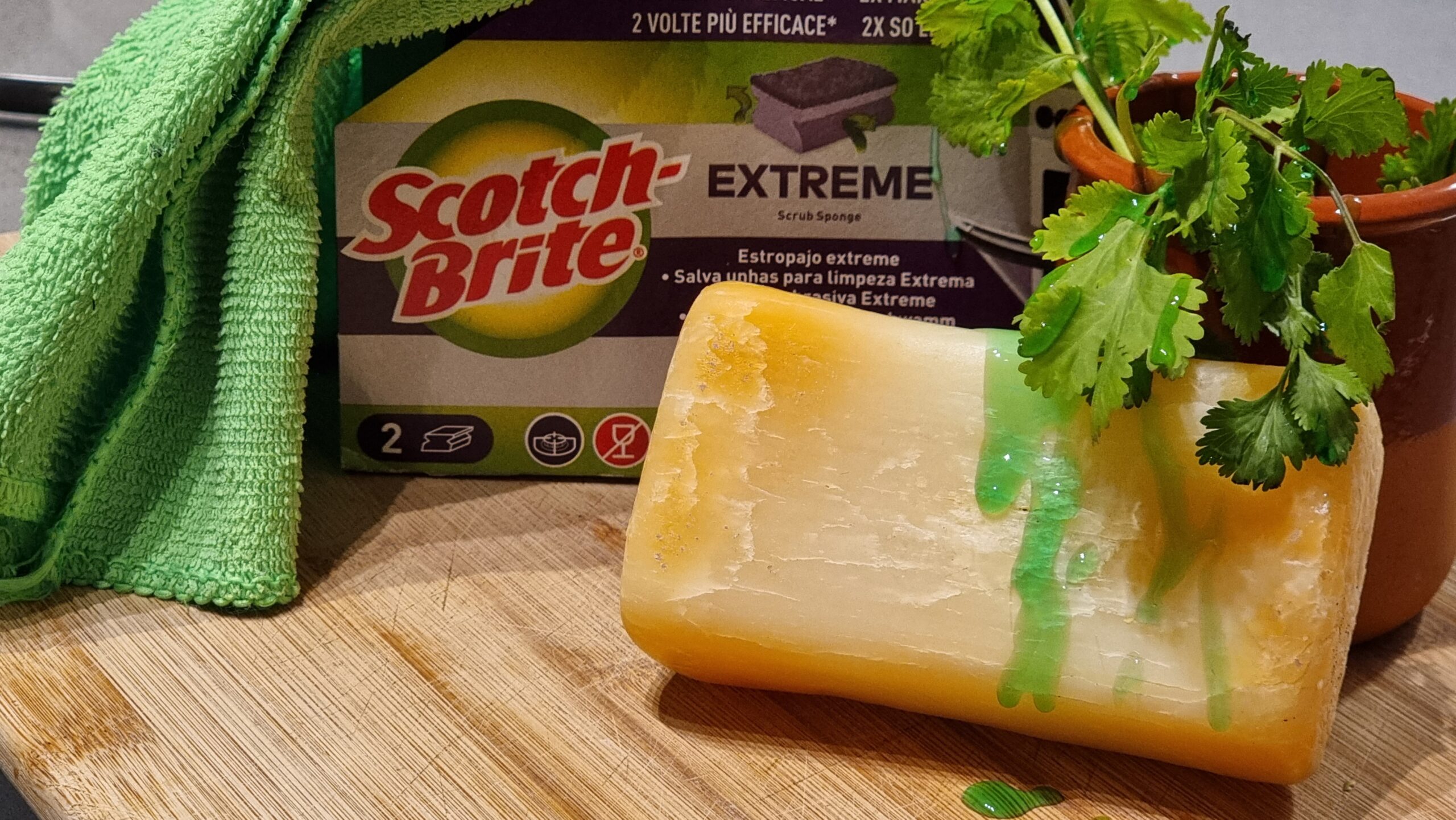Why does water boil faster on “HI” than on “LO”?
Does it mean that the flame is HOTTER? What is flame anyways? It’s the gaseous part of a fire caused by a highly exothermic reaction happening over the surface of something that is undergoing the process of combustion. And saying that the flame is hotter is a linguistic play over science.
To move forward we must first understand the difference between Heat and Temperature. People say that heat moves upwards. It does not, rather hot air moves upwards (to a colder region, 2nd Law of Thermodynamics), it is the air that possesses heat. Heat is a form of energy, different from kinetic, potential or nuclear, etc., and in fact, it is the ultimate form of energy to which every other eventually degenerates. And only when this heat is absorbed by an object do we expect it to get hot, and this measure of hotness is the temperature of that object. In simple words, we can say that temperature is the concentration of heat.
Okay. So when we burn up wood in our backyard or terrace for “Open-Air Cooking” at what temperature does the wood burn? Generally, 400-800°C, depending on the type of wood, its moisture content, environmental humidity, etc. But it’ll ignite (to catch fire) at somewhere around 300°C and that’s also subjective to the wood. The important thing to note in this phenomenon is that the wood will burn at 400-800°C, at the point of combustion, from start to finish but the perceived hotness of fire will vary because it spews out energy at different rates at different times, which is shown in the figure below.

Hence when we plan to buy a stovetop it is almost foolish to look for what temperature it will burn rather we must look for the rate (BTU per hour) at which it pumps out heat energy. (For home cooking stoves ranging from 12000 BTU/hour to 15000 BTU/hour are more than enough). So back to the question “Why does water boil faster at “HI” than on “LO”? (these markings are logically incorrect, in my opinion, they must be marked as ‘fast’ or ‘slow’) It’s because the burner is providing the pot with the heat energy at a much faster rate than when it is at a lower setting on the knob. Mind that the temperature of the flame will remain the same, and that is 1967°C for LPG.
While we’re at it let’s also look at “Why can’t we cook food over a candle?” The facts state that an average votive candle (cylindrical, with a 2-inch diameter and 4-inch length) burns for at most 8 hours. And the chemical energy stored in the candle on converting to heat energy amounts to approximately 5000 BTU, over complete combustion (complete not ideal). But this amount of heat is given off over 8 hours, in our case, so its BTU/hour rate is just pathetic. For cooking, we need a lot of energy delivered over a short period.
Pro Tip: Don’t look at the flame, look at how your food is behaving in the pan/pot then form up a decision on which way you want to turn your knob to “HI or “Lo”.







